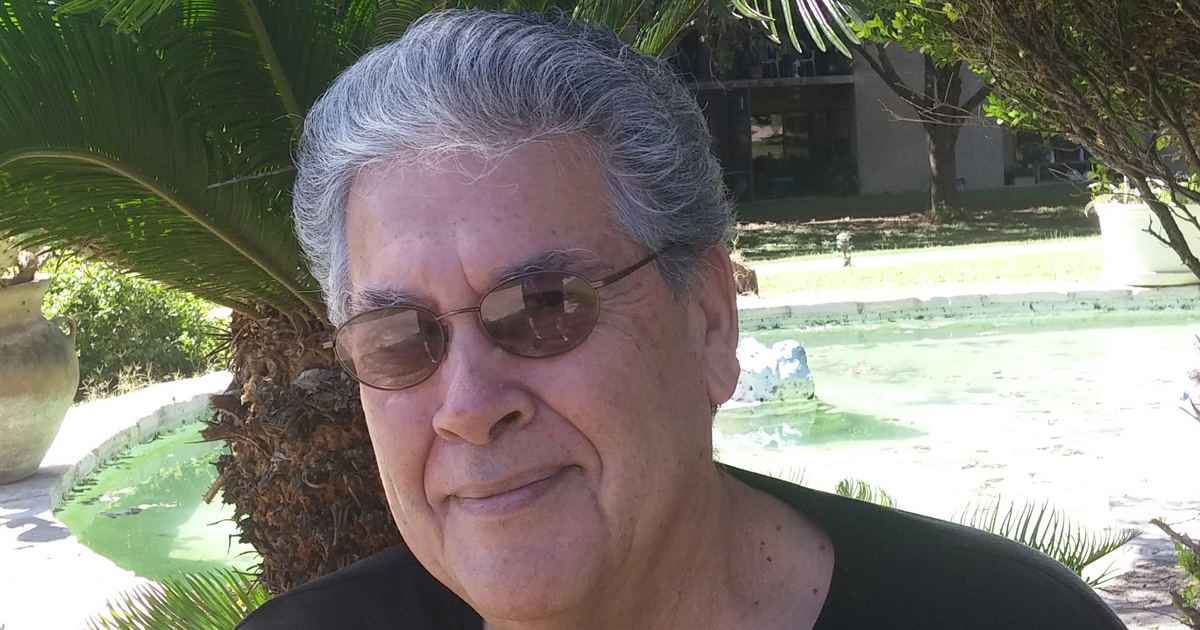
Prior to my third birthday in June 1950, my early childhood memories consisted of an odd compilation of surrealistic, disconnected images from the opening credits of Ingmar Bergman’s Persona, a montage of black and white photos from the pages of Look magazine, disembodied voices singing Mexican rancheras, and jarring jump cut scenes from a French New Wave film. But on the day of my third birthday party, everything came into clear, Technicolor, feature-length focus and finally, my world made sense.
The party took place on the large front yard of Blas Ventura’s home. There were a lot of kids running around, having fun, eating cake and ice cream, and it was all for me. However, the true significance of where I was and why it was happening did not dawn on me or sink into my consciousness until much later in life.
My parents, Guadalupe V. Leal and Maria del Carmen Martinez, were born and raised in the Rio Grande Valley border town of Harlingen, Texas. In the era before the power politics of La Raza and the enlightenment and cultural liberation of the Chicano Awakening, anti-Latino racism in Texas was an accepted fact of life for Mexican Americans. With only a 5th grade education, my father, at the age of 15, joined the Civilian Conservation Corps, then at age 17, joined the United States Army in 1941, just before the start of World War II.
“He was a “grunt” in the fabled Texas 36th Infantry Division, made up primarily of Mexican Americans, and even some Mexican nationals, from the Rio Grande Valley. He saw fierce combat action in North Africa, Sicily, and Italy. During World War II, Mexican Americans were the most decorated ethnic group for bravery and valor. Several won Medals of Honor.”
Upon their return home, Latinos felt their service to their country would result in a better way of life for them and their families. They were wrong. In Texas, at that time, nothing had changed. Regardless of their military service, Mexican Americans still could not use certain public restrooms, or drink water from certain fountains, and were denied service in most restaurants.
My father was working in a grocery store warehouse and eagerly seeking a promotion to foreman. He was bluntly told, in no uncertain terms, “There is no way in Hell a Mexican will ever be promoted to foreman”. That was the final straw for him.
Blas Ventura, a native of Harlingen, Texas, had moved to San Jose, California years earlier becoming a successful realtor. He acquired a couple of old Victorian-style homes, converting them into small apartments. He encouraged his pisanos from Harlingen to come to the Golden State, where the opportunities were limitless, jobs plentiful, the weather perfect, and the prevailing social atmosphere, one of tolerance. San Jose, located in the Santa Clara Valley, is now famously known world-wide as Silicon Valley. But back then, it was well-known and recognized nationwide as The Valley of the Hearts Delight.
Some of the richest topsoil in the world covered the floor of The Valley of the Hearts Delight. A verdant, fertile, lush paradise carpeted with orchards of all kinds: apricot, prune, cherry, pear, almond, walnut, peach and apple. When the fruit trees were in full blossom, the Valley became a stunningly beautiful landscape of color, worthy of a French Impressionist painting.
There were also fields of onions, potatoes and garlic. Anyone willing to roll up their sleeves, work hard and sweat could find jobs harvesting crops, food processing, working in the numerous local canneries and delivering produce.
After the war, people started to migrate from Harlingen into San Jose with Blas Ventura helping many of them, including my parents, get started with housing and jobs. My parents arrived in August 1946 and took up residence in an attic apartment in one of Blas Ventura’s properties. Shortly after I came along in 1947, our young family moved into a tiny, modest, unattached garage apartment behind the home of Blas and Maria Ventura. It was a very plain, unassuming abode: small bedroom and kitchen, no bathroom. We used the extra bathroom situated at the back of the Ventura home.
I affectionately referred to our cozy dwelling as “my little dirty house” because it seemed so humble compared to the Ventura house, which was comfortably furnished, tastefully decorated with a TV in the large living room.
The Ventura’s had two children; Ida Ventura, was two years older than me. Helen Ventura and I were the same age and became best friends. In the front yard was a large, shady almond tree. Helen and I used to play “house” there. Helen would insist we were going to get married, but being the typical male with a fear of commitment, I always said I would never be ready for marriage, even with Helen.
Helen and I began Kindergarten together. She was extremely upset the first day of school and cried hysterically. It made me so upset, I began to cry too. Often, Blas Ventura would drive us to school. Blas had a ritual he faithfully observed every morning in the car. First, he would roll up the sleeves of his crisp, freshly ironed long sleeve dress shirt. Then he would light up a Camel cigarette. I always remember the aroma of the match flaring up and the first puff of smoke from the cigarette. To me, looking at Blas at the wheel, with his full head of brown hair carefully and neatly brushed straight back, he looked and smelled like—well, like “success”.
“Mom found work pressing clothes at a cleaners. Dad worked in a warehouse at Union Ice. On weekends, Mom and Dad often picked prunes or apricots to earn a little extra money to go to the movies.”
A few years later, in a belated moment of karmic justice, Dad found work at Allied Container, a box making plant. He drove forklift in the warehouse, loaded and drove trucks and, after a while, got promoted to Plant Foreman.
Growing up awash in this milieu of immigrants from Harlingen, Texas seemed very natural and I didn’t question or wonder about it. It just seemed natural that my parents and all their friends, spoke Spanish and I did not. It seemed natural they all had kids my age. It seemed natural we spent time with them at wedding parties, birthdays, Easter Sunday picnics at Alum Rock Park, Halloween and group excursions to Santa Cruz Beach and Boardwalk. It just seemed natural to be surrounded by so much warmth, music, friends, dancing, laughter, and great Mexican food. I never questioned it.
But after a few years, we began to lose touch with many of those families from Harlingen. We kids went to different high schools. The adults got different jobs and made different friends. True to form, I did not marry Helen Ventura, but even though we lost touch with each other, in my heart, she remained a dear friend until her untimely death stemming from complications of diabetes, a few years ago. I saw Blas Ventura once or twice in his senior citizen years. He always looked like a successful businessman. His once full head of brown hair had turned a beautiful, silvery white. He still spoke in his distinctive, deep baritone voice. A voice that easily rivaled that of James Earl Jones famously announcing: “This is CNN.”
Eventually, most of my family from Texas moved out to California, although there are still some here living in Houston, Austin and San Antonio. I don’t know if the Great Harlingen Migration, that was inspired by Blas Ventura, compares in magnitude to the Great Northern Migration of African Americans from the Deep South to the industrial cities of the North. The iconic migration of Okies from the Dust Bowl to Southern California during the depths of the Depression of the 1930’s, made famous by John Steinbeck’s Grapes of Wrath made the history books and movies.
The Great Harlingen Migration, for which Blas Ventura was a prominent and important figure, will never be documented in any history textbook. But those who came to the Bay Area, because of Blas Ventura’s efforts, and prospered in their new lives, owe him much and should remember Blas Ventura fondly and keep him in their hearts.
That afternoon in June 1950, the day of my third birthday was the day my childhood memories officially began as a feature length, Technicolor movie. It was a glorious day filled with fun, games, laughter, friends and family. That evening, I slept soundly in the safety and comfort of my little dirty house, my very first home. The home that would be the archetype of “home” in my future dreams. It was the home provided to me by the kindness and generosity of Blas Ventura, the Architect of the Great Harlingen Migration.
Storyteller Roberto Leal is a free-lance writer, born and raised in the Santa Clara Valley (of California). Both sides of his family are originally from the Rio Grande Valley. He now lives in San Antonio, Texas.


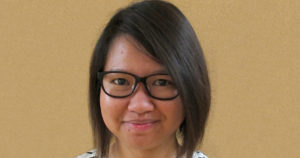
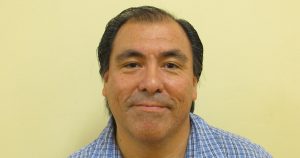
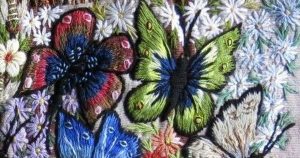
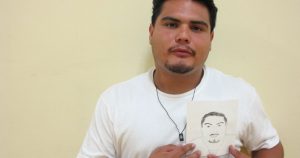
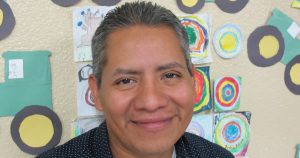
Interesting to hear about your story. My mother was Blas’ second wife, Esperanza. I live in San Jose, we arrived here on thanksgiving day 1952. This valley was beautiful, in the spring, blossoms painted this valley. It was truly the land of opportunity. Why did you go back to Texas?
Hi Roberto. Thank you for bringing back so many memories of my family’s relocation to San Jose. Yes our first years in California were spent in very humble housing but though hard work we all improved our circumstances within a few years. We have all moved on and some of us lost touch but memories remain. I am so thankful parents came out to see what Boss was so excited about in San Jose. It made our lives so much better.
You are a talented writer. Keep it up.
Lupe Leal. Often I’d hear your Dad’s name mentioned fondly when my Dad regaled me with stories about his younger days. My Uncle Blas came close to my heart once again through your writing.🙏
Hello Roberto, Thank you for honoring my father in such a beautiful manner. You are a gifted writer! I vaguely remember our home, but I recall the house at back and the huge front yard. It was good to see you at your Mom’s home when I took Carmen Perez for a visit…I hop e you are well. Kind regards, Elva (Ventura) Peele